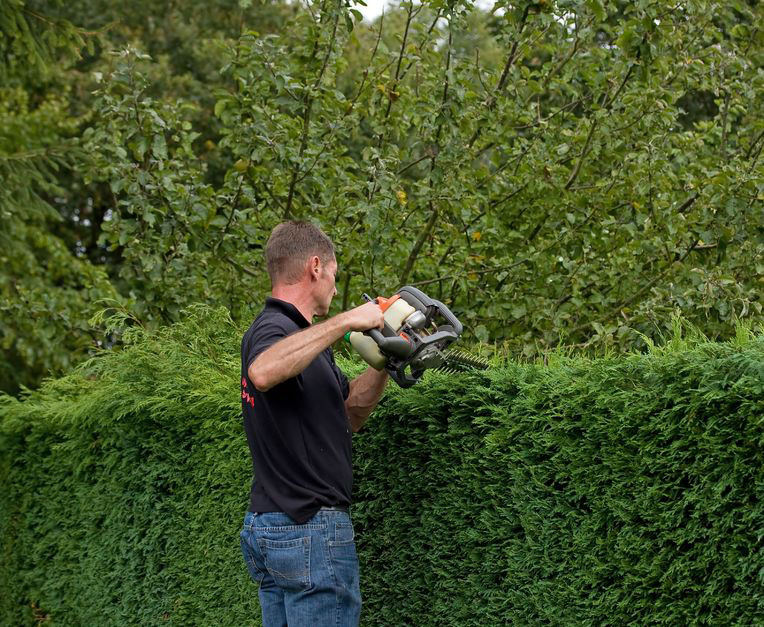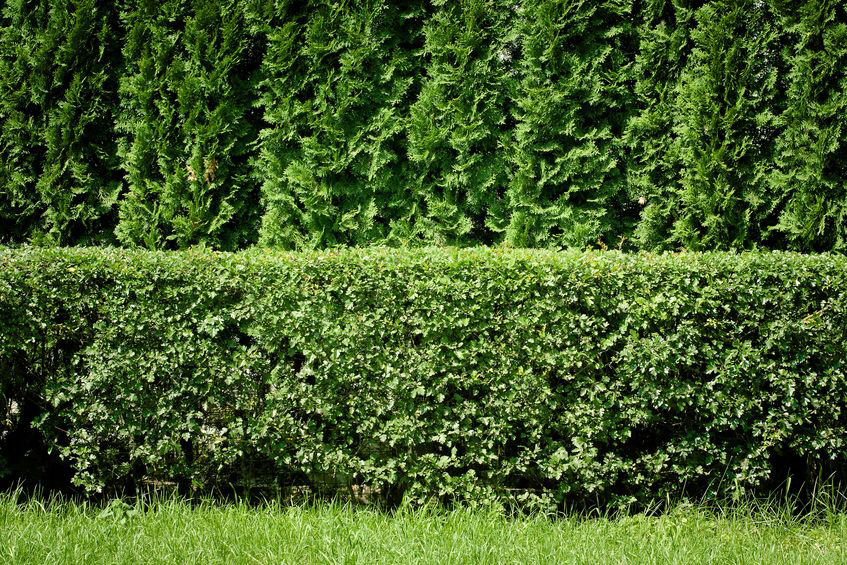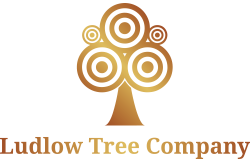Hedge Reduction and Removal

dispersal, while providing essential shelter and wind breaks for crops and animals, and a larder for people and wildlife alike.
All hedges benefit from regular cutting. New hedges require formative pruning for their first couple of years after planting. Formative pruning is usually carried out in winter or early spring. After this, regular maintenance is required, this promotes dense, healthy growth, better definition and helps to combat weeds.
Even regularly trimmed hedges can gradually get bigger over the years; most deciduous and broadleaved evergreen hedges can be successfully reduced. A hedge reduction either in height, width or both is a really effective way to claim back a huge amount of space and light in your garden. Many hedges respond well to reduction, including beech, box, hawthorn, holly, hornbeam, Lonicera nitida and yew. These can all be reduced by as much as 50 percent in height and width in a single cut.
Some hedges (including many conifer hedges) are best replaced when overgrown. Our Tree Surgery team will safely and efficiently remove any size hedge from your garden or outdoor area. We are able to grind and remove the stumps if required and remove all waste from site.


